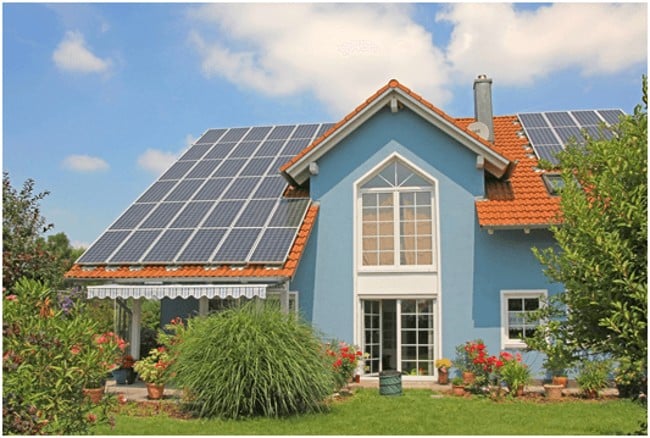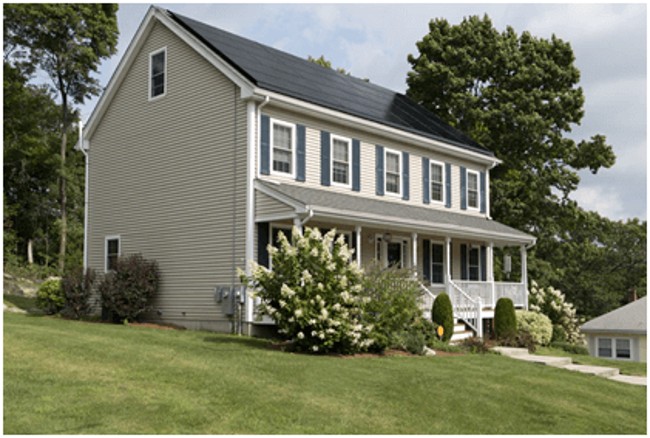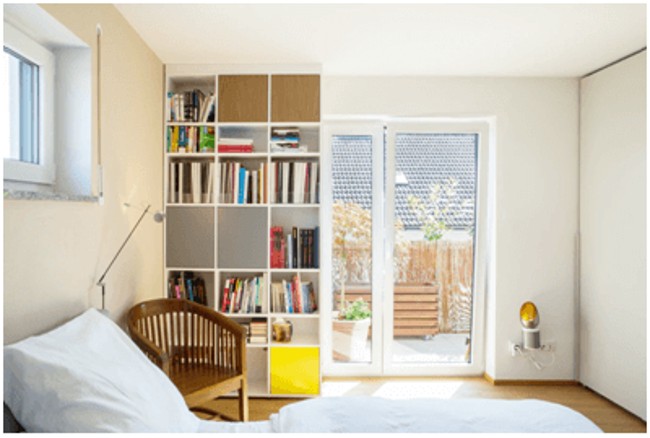
Practicing environmentally friendly and sustainable living habits is something everyone should aspire to do to protect Mother Nature. Particularly, creating an eco-friendly home can significantly impact the environment and influence other people to follow.
Eco-friendly or sustainable homes are designed to reduce your carbon footprint, as well as your energy needs. They can be built and/or filled with appliances that are made with environmentally friendly materials and are energy-efficient. Shifting to a sustainable home isn’t exactly cheap, but it’s a worthy investment that can raise the value of your home.
Are you looking for tips for an eco-friendly home? If so, then you’ve come to the right place. We’ve gathered the vital elements of creating a planet-friendly and smart home to help you get started with this journey and make the transition easy for you. Let’s dive into it!
1. Rainwater Harvesting System
Harvesting rainwater helps you reduce water consumption and is an excellent water management method, as it enables you to store and reuse rainwater. It’s a handy system, especially if you live in an area that often experiences water shortages or rain showers. While rainwater isn’t suitable for cooking or drinking, you can use it for gardening, flushing toilets, and irrigation purposes.
There are different ways to store and preserve rainwater. The simplest way is by using a rainwater barrel. Make sure to cover the barrel with a wire mesh to avoid debris and mosquitoes from coming in. There’s also rooftop rainwater harvesting. In this system, you use a recharge pit or trench which the water moves down into after it goes through natural filters to remove impurities like coarse sand and gravel.
2. Solar Panels
One of the first things that people often think about when they hear “eco-friendly home” is the use of solar panel technology. Installing solar panels not only allows you to use a more sustainable method of producing and generating electricity but also serves as a great way to decrease your energy costs.
Solar panels capture the sun’s natural energy, absorb it, and convert it into reusable household energy. Using it can power your home naturally.
3. High-Efficiency Lighting
You may not think about lighting much, but it’s one of the most frequently used functions in the home that consumes a lot of energy. Eco-friendly, energy-efficient light bulbs consume significantly less energy compared to traditional light bulbs. If you replace half, if not all, of your lighting with energy-saving lighting, think about how much energy (and money) you could save.
As a side note related to lighting, make sure to structure your home in a way that allows natural light and breezes to flow inside. More natural light and air inside mean less electricity use. Couple that with high-efficiency lighting for a greener and happier home.
4. Energy-Saving Appliances
Home appliances like ovens, refrigerators, and washers and dryers are some of the biggest items that consume the most energy, so it makes sense to look for eco-friendlier alternatives. When choosing energy-saving appliances, make sure to look for the product specifications (read: how much power it consumes) and look for certified eco-friendly items.
Prices of energy-efficient appliances depend on which brand you choose and the features you’re looking for. You don’t have to go all out at once; instead, you can purchase and replace your appliances one-by-one. Some of the items you should consider replacing are washers and dryers, dishwashers, refrigerators, air-conditioners, and stoves.
5. Geothermal Systems
One of the most significant contributors to utility costs is space heating. Geothermal heating and cooling systems enable you to absorb heat from the ground and divert the energy to your home.
During the summer season, the system captures excess interior heat and redirects that heat from the air to fluid that flows to the ground. The air that returns into the home is cool and dry air. This serves as a sustainable alternative to air conditioning and heating systems.
It’s Time To Paint Your Home Green
Whether you’re moving into a new home, building one, or looking for ways to improve your current home, incorporating eco-friendly, green practices is a win-win for the environment and your bank account (think long-term). It can be a costly endeavor upfront, but it’s a prudent investment that will also make Mother Nature happier.
We hope you found this blog post 5 Key Features of a Green Home, useful. Be sure to check out our post Top 5 Ways to Reduce Your Home’s Environmental Impact for more great tips!
Have Experience in the Moving Industry? Want an Additional Income Stream? Work With All Around Moving!
Partner with us and we’ll help you profit.Click here to learn more.







